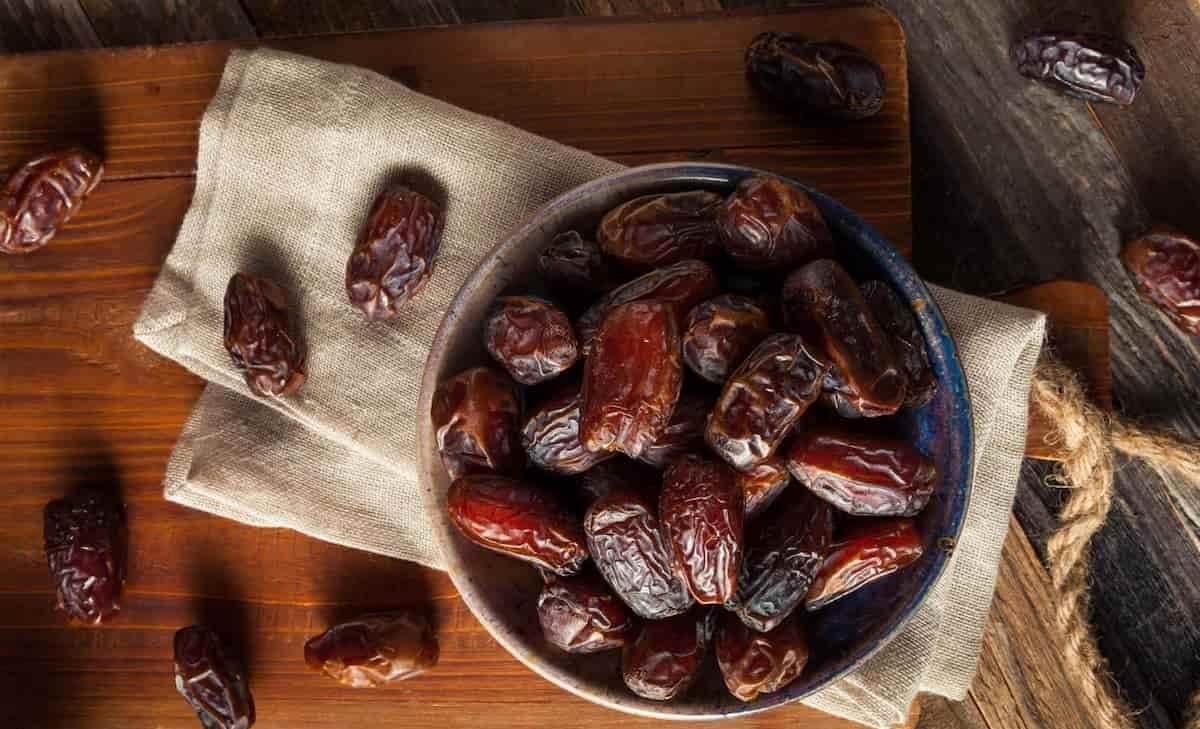
The Significance of Kurma Majol in Malaysian Culture
Introduction
Kurma Majol holds a special place in Malaysian culture, deeply rooted in its history and traditions. In this blog post, we invite you to explore the world of Kurma Majol and discover its significance in Malaysian culture. From its historical origins to its culinary uses, Majol dates showcase the vibrant heritage of Malaysia.
The History and Origin of Kurma Majol
A Time-Honored Tradition
Kurma Majol has a long and illustrious history in Malaysia. It is believed to have been introduced by early Arab traders who brought the date palm trees to the region. Over the centuries, Kurma Majol has become an integral part of Malaysian culture, celebrated for its unique flavors and cultural significance.
Cultural Significance of Kurma Majol
A Symbol of Abundance and Prosperity
In Malaysian culture, Kurma Majol is often associated with abundance and prosperity. It is commonly served during festive occasions and special gatherings, symbolizing good fortune and blessings. The presence of Majol dates on the dining table signifies a bountiful and prosperous future.
Traditional Customs and Rituals
Majol dates play a significant role in traditional customs and rituals in Malaysia. It is often offered as a gesture of hospitality and goodwill to guests, reflecting the warm and welcoming nature of Malaysian culture. Additionally, Kurma Majol is included in traditional wedding ceremonies and religious festivals, adding a touch of cultural authenticity to these special occasions.
Culinary Uses of Kurma Majol
A Versatile Ingredient
Kurma Majol is not only revered for its cultural significance but also cherished for its culinary uses. It is a versatile ingredient that adds depth and flavor to various dishes. Whether it’s used in savory recipes like biryani or incorporated into sweet treats like desserts and pastries, dates bring a delightful taste to Malaysian cuisine.
Read more here.
Traditional Recipes and Delicacies
Malaysian cuisine features a wide array of traditional recipes and delicacies that highlight the unique flavors of Majol dates. From kurma chicken to kurma curry, these dishes showcase the perfect balance of spices and the natural sweetness of Majol dates. Exploring these traditional recipes is a delightful culinary journey through Malaysia’s cultural heritage.
Other cultural symbols or traditions in Malaysian culture
In addition to Majol dates, Malaysian culture is rich with various symbols and traditions. Here are a few examples:
1. Batik: Batik is a traditional Malaysian textile art form. It involves the application of wax and dye to create intricate designs on fabric. Batik is widely used in clothing, accessories, and home decor, and is considered a symbol of Malaysian craftsmanship.
2. Wau: Wau, or traditional Malaysian kites, hold cultural significance and are often seen as a symbol of unity and identity. These beautifully crafted kites are colorful and decorated with intricate designs, representing different regions of Malaysia.
3. Bunga Raya: The Bunga Raya, or Hibiscus flower, is the national flower of Malaysia. It symbolizes beauty, purity, and the spirit of the Malaysian people. The Bunga Raya can be seen in various forms of art, including traditional textiles, handicrafts, and even currency.
4. Wayang Kulit: Wayang Kulit is a traditional form of shadow puppetry in Malaysia. It involves intricate leather puppets and a light source to create a mesmerizing storytelling experience. Wayang Kulit plays often depict traditional folk tales and historical events, preserving Malaysian cultural heritage.
5. Hari Raya: Hari Raya Aidilfitri, also known as Eid al-Fitr, is a major festival celebrated by Muslims in Malaysia. It marks the end of Ramadan, the holy month of fasting. During Hari Raya, families gather, special prayers are held, and traditional Malay delicacies are prepared and shared.
6. Silat: Silat is a traditional Malay martial art that encompasses self-defense techniques, cultural performances, and spiritual elements. It is not only a physical practice but also a way to preserve heritage and values, emphasizing discipline, respect, and harmony.
These are just a few examples of the cultural symbols and traditions that contribute to the rich tapestry of Malaysian culture. Each symbol and tradition reflects the diversity, history, and values of the Malaysian people.
Key Highlights:
. Kurma Majol:
– Significant in Malaysian culture
– Introduced by Arab traders
– Symbol of abundance and prosperity
– Part of traditional customs and rituals
– Versatile ingredient in Malaysian cuisine
– Featured in traditional recipes and delicacies
Conclusion
Kurma Majol holds a significant place in Malaysian culture, representing abundance, hospitality, and the rich culinary traditions of the nation. Its historical origins, cultural significance, and versatile uses in Malaysian cuisine make it a treasured ingredient and a symbol of cultural identity. By embracing Majol dates, we can appreciate and celebrate the vibrant heritage of Malaysia and its diverse culinary traditions.